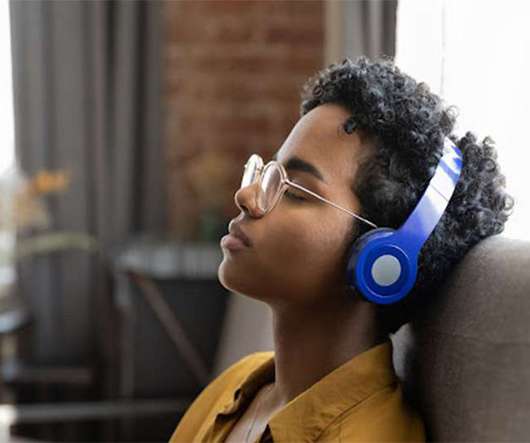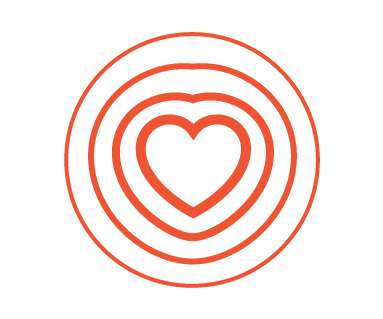“Seeing Is Not Believing:” Consumers Concerned About the Accuracy of Online Health Information
Health Populi
NOVEMBER 15, 2018
“Seeing is not believing” when it comes to people seeing health information on social networks. Four in five people seeking healthcare information online in social media are concerned about the accuracy of that information served up. healthcare system and use of connected health technologies.
















Let's personalize your content